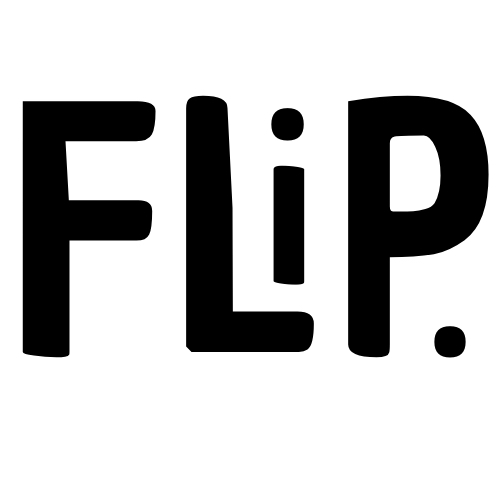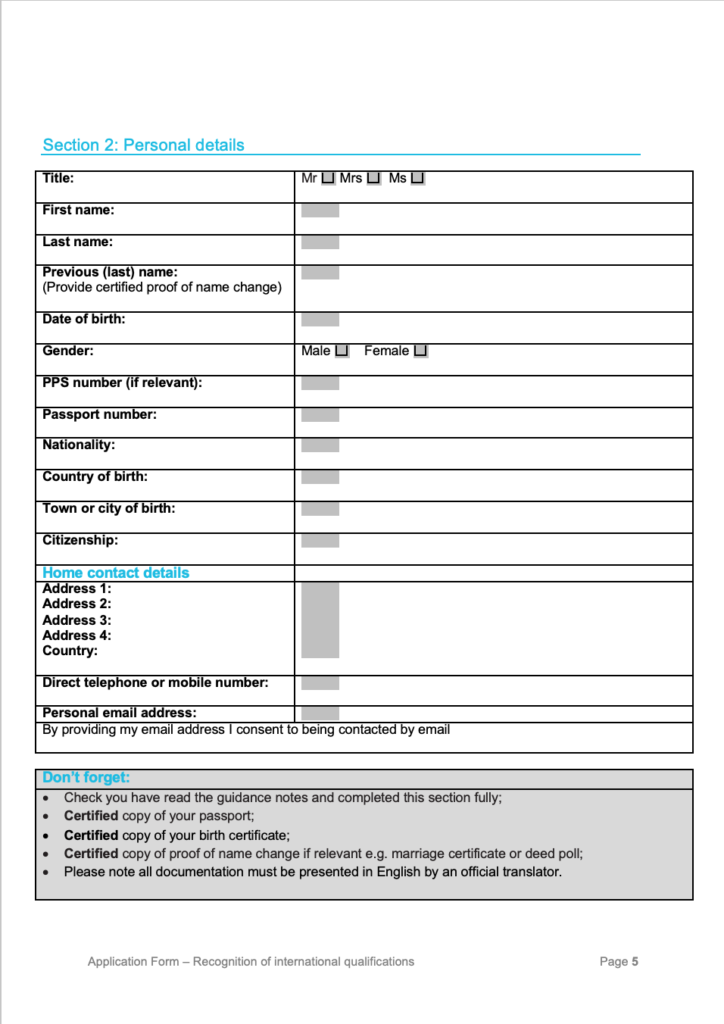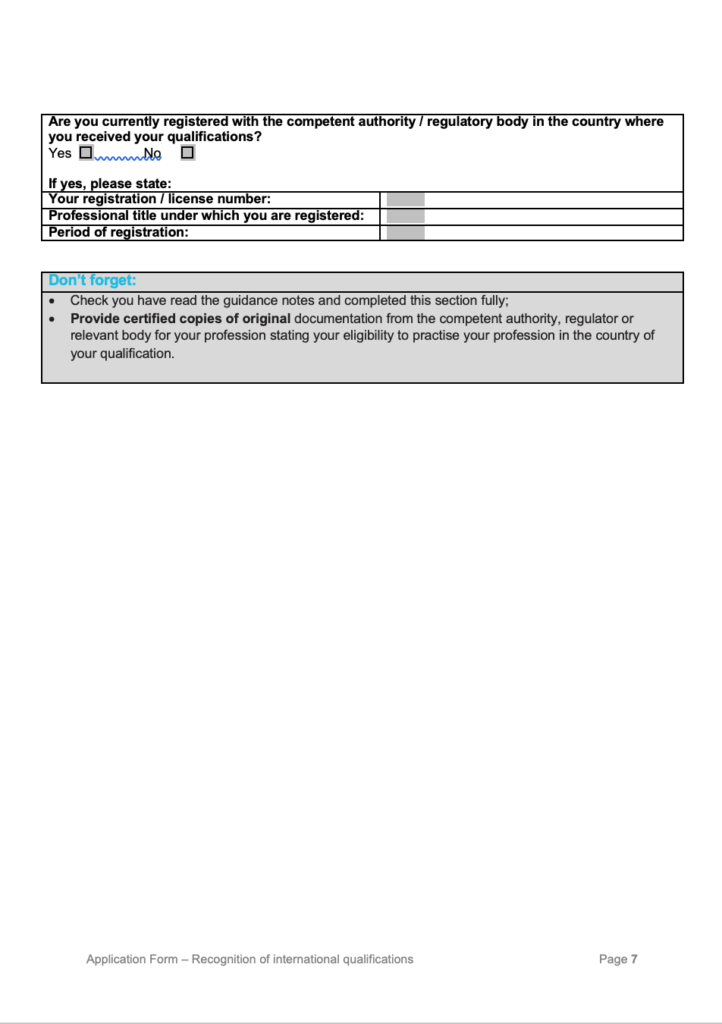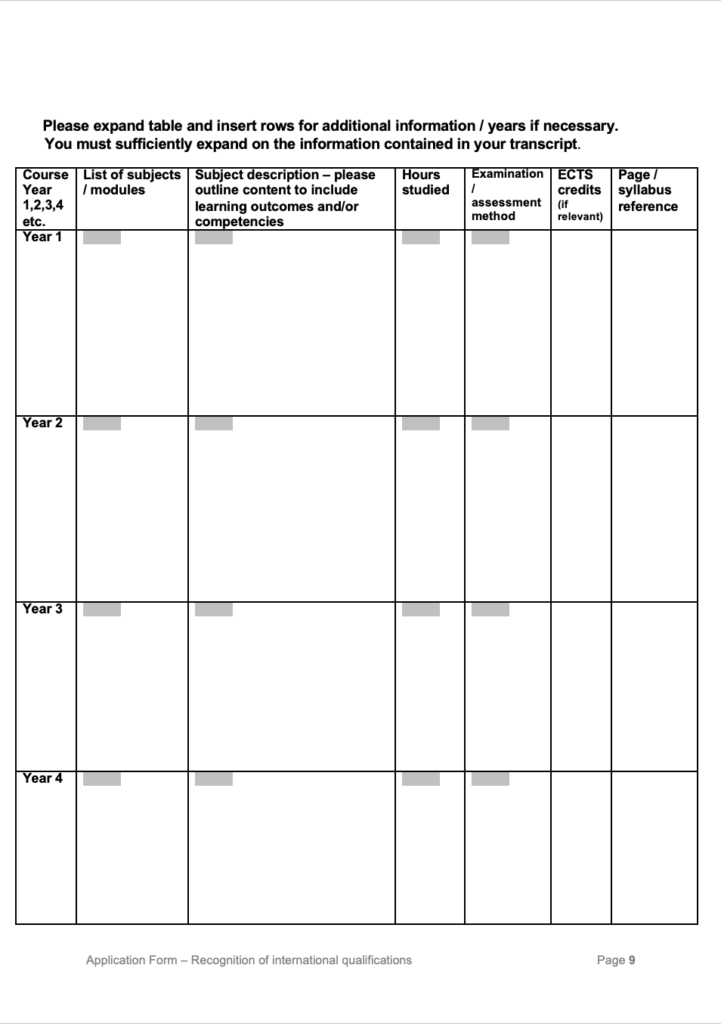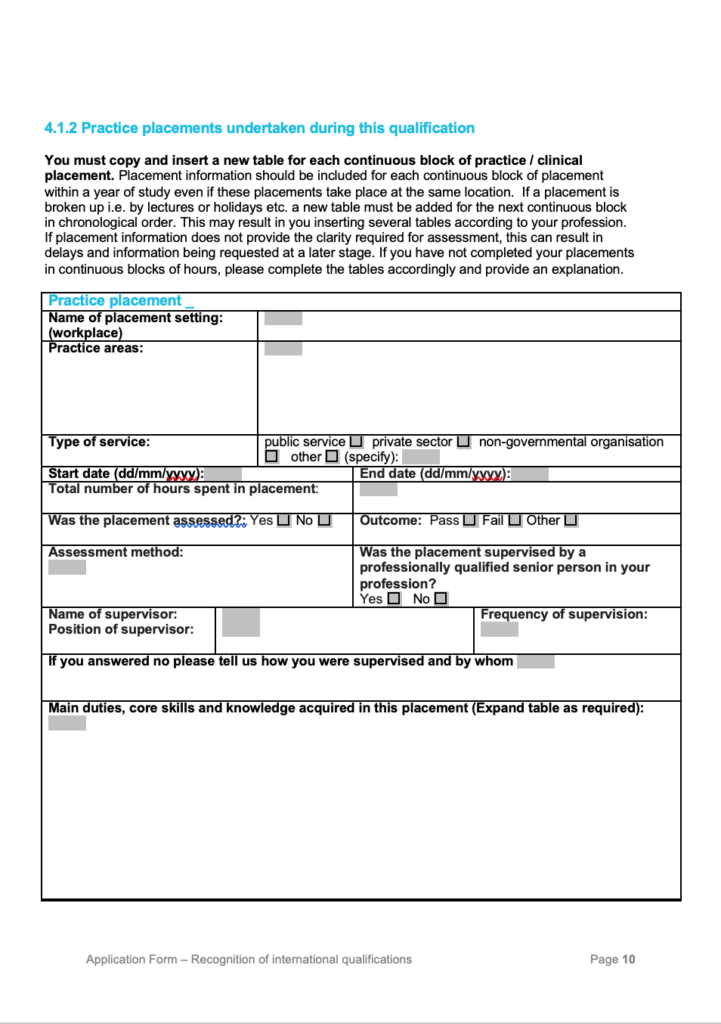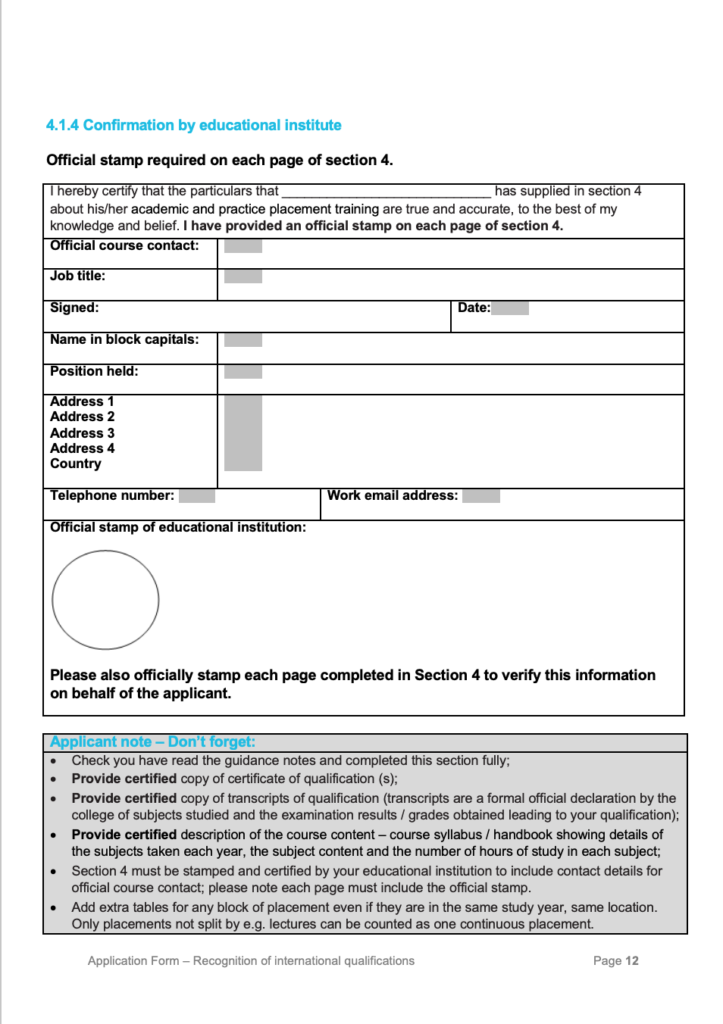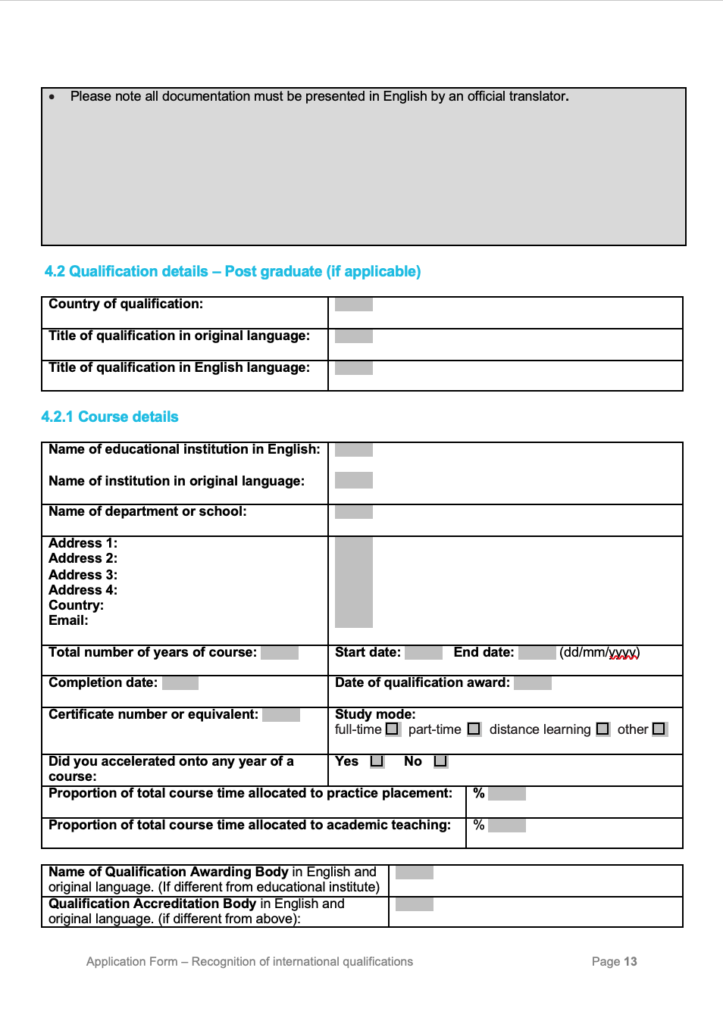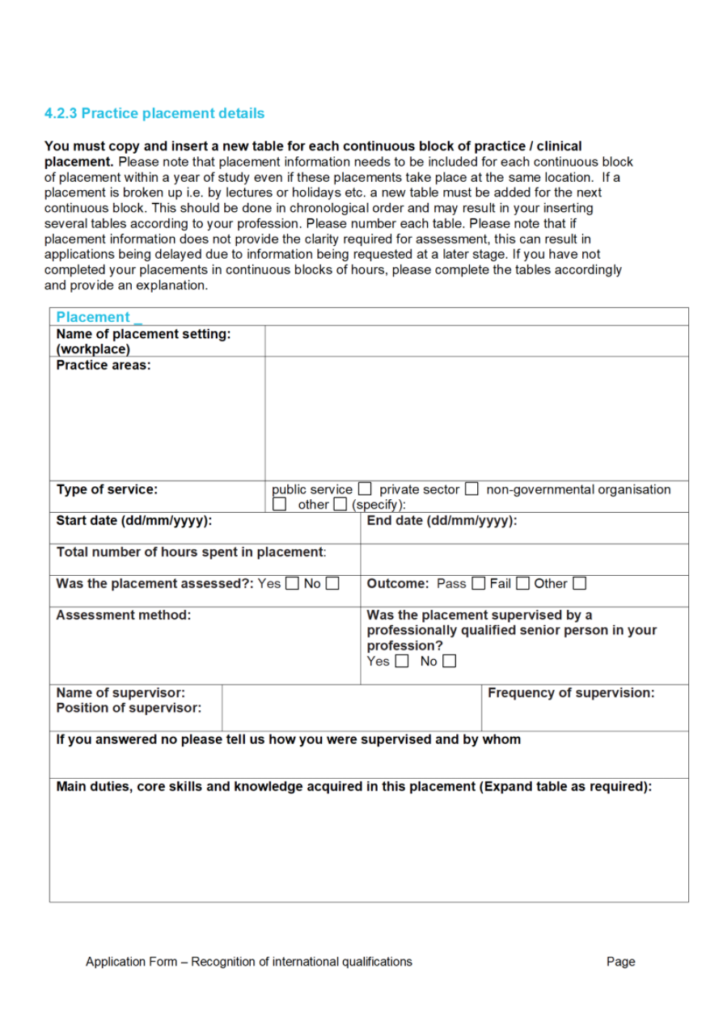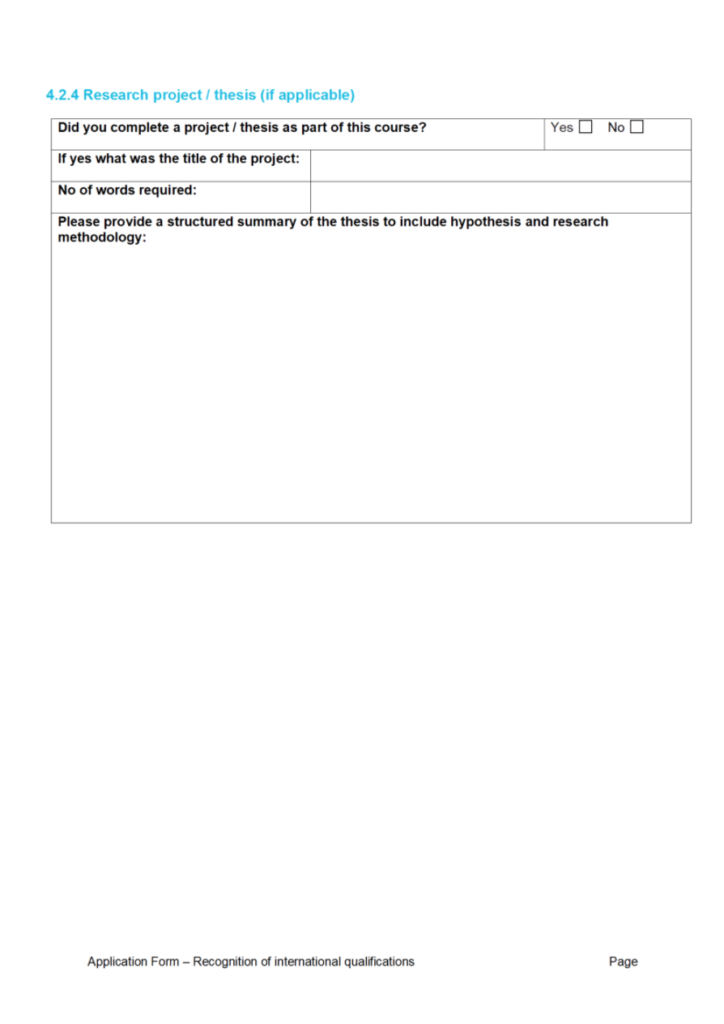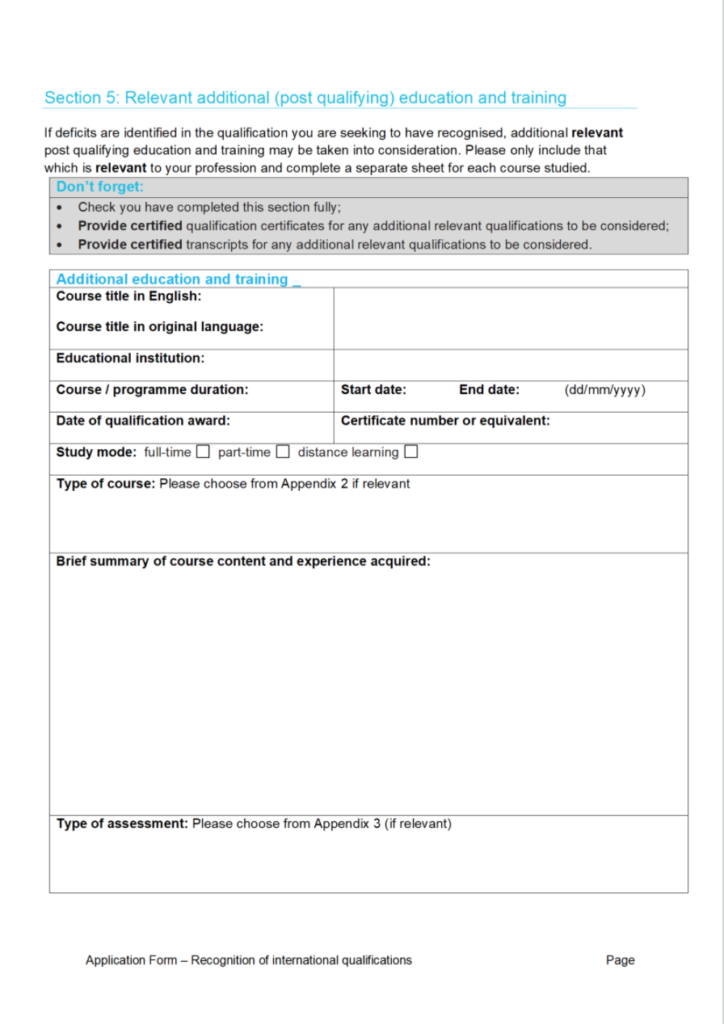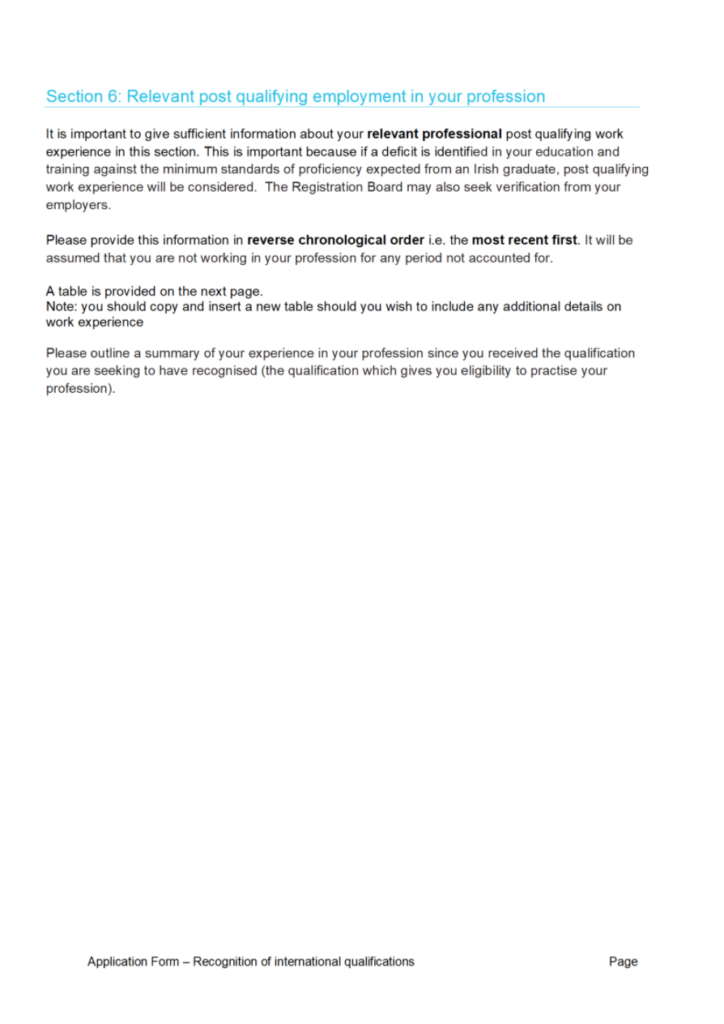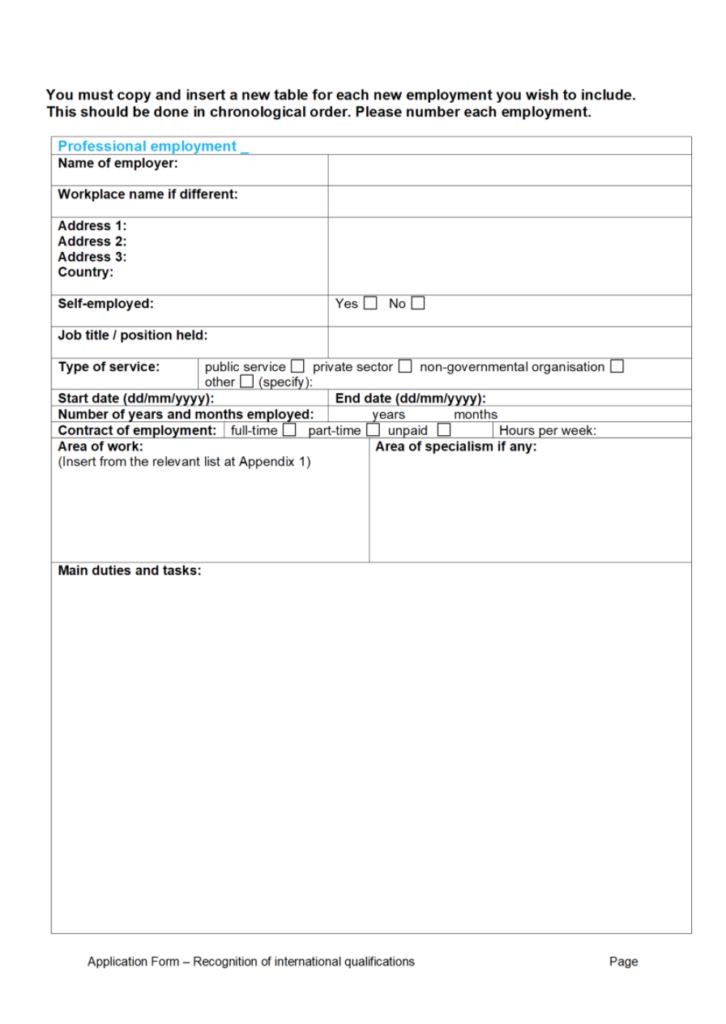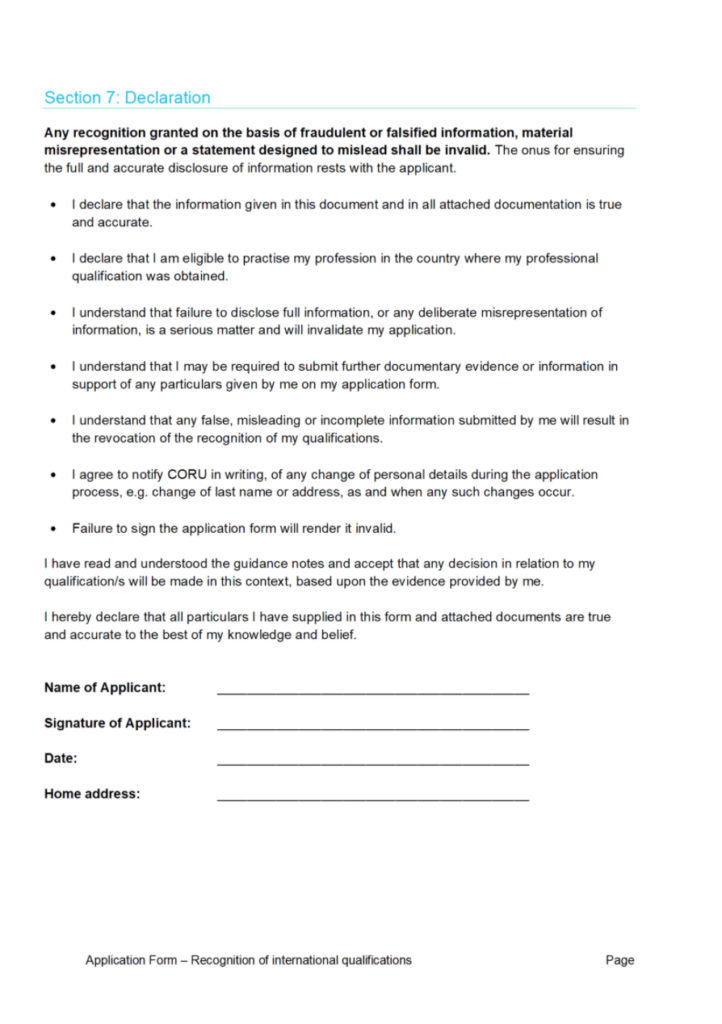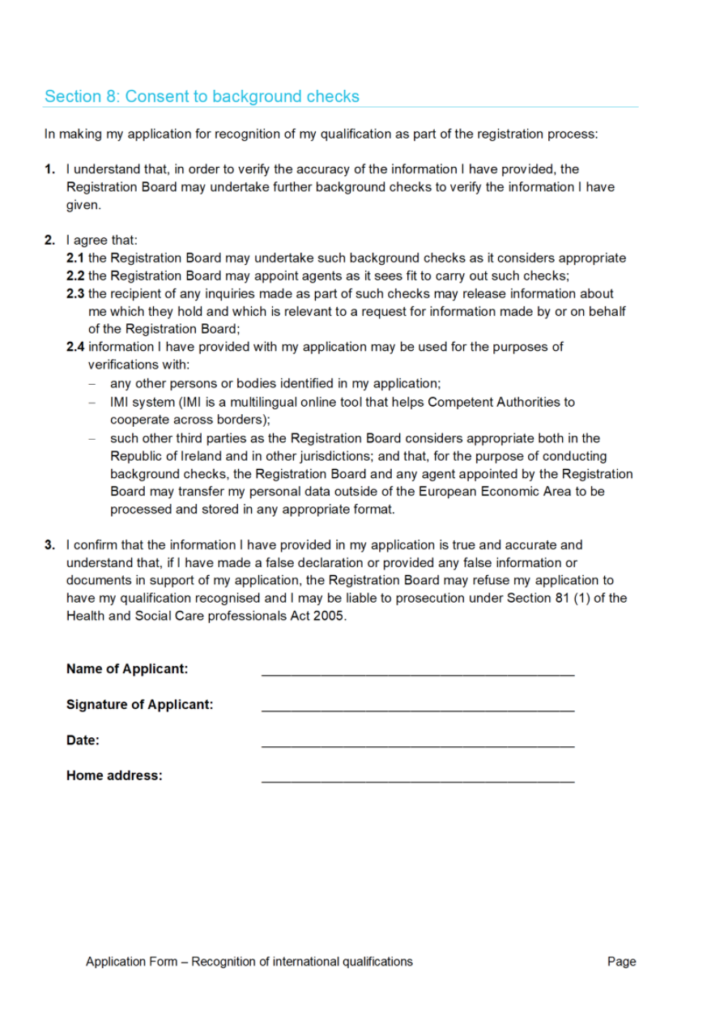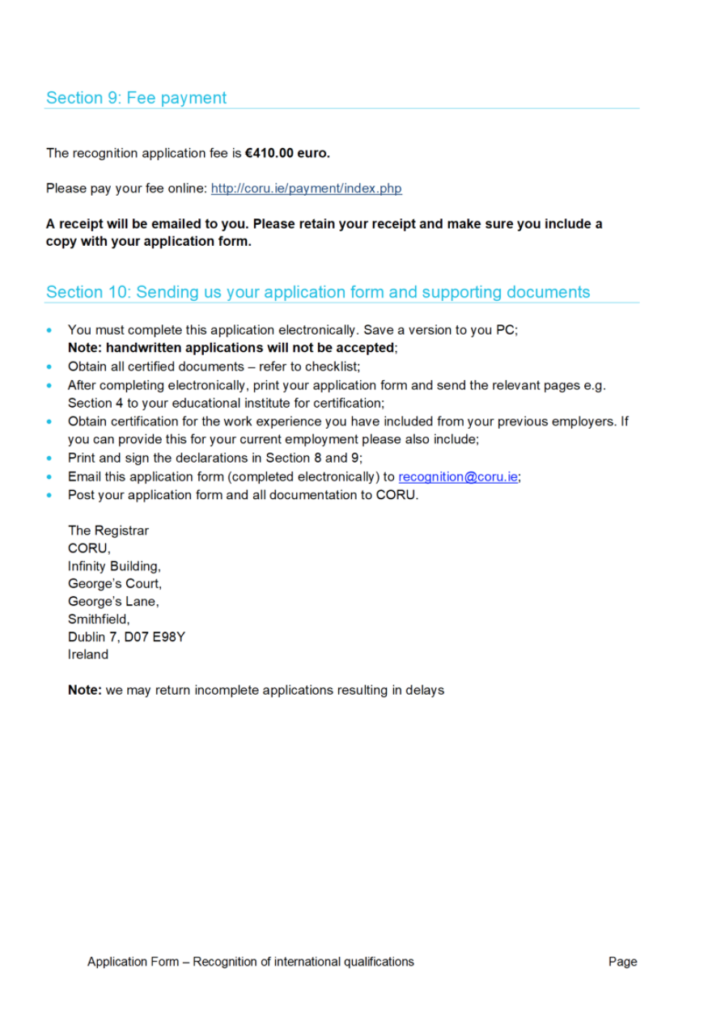Completing your CORU Recognition of International Qualifications Application Form
If you’re interested I can send you a FREE example of a completed form.
Check out the details here.
I confess that I’m writing this article from a deep dark place – I’m in the middle of trying to apply for recognition with CORU amidst the COVID-19 crisis. A time when offices are closed, universities are freaking out and postal services aren’t fully operational. Who doesn’t love a good challenge?
